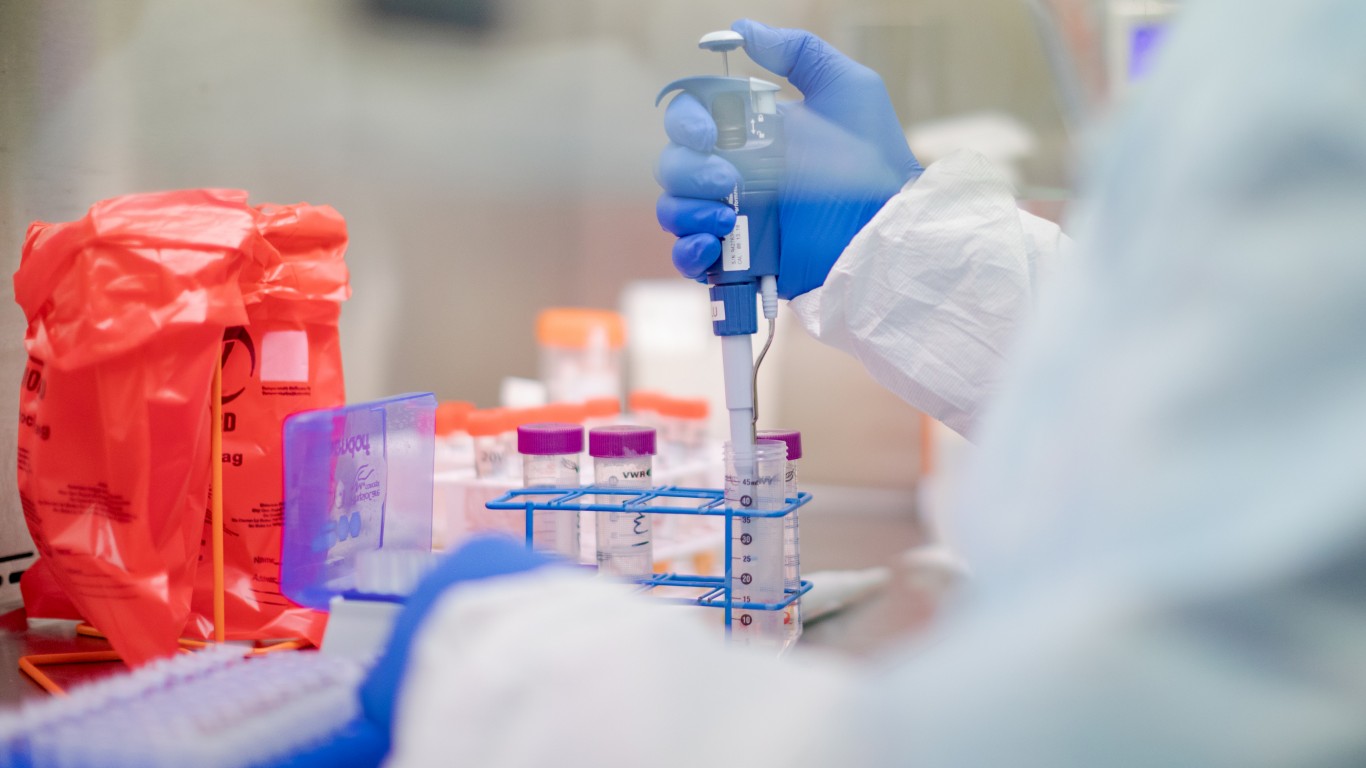
The world first learned about COVID-19 in December 2019. The World Health Organization declared the coronavirus a pandemic in March. Since then, news of the novel virus and the disease it causes have been dominating nearly every media platform, including social media and internet sites, where health misinformation has spread faster than the coronavirus.
24/7 Tempo reviewed information from the World Health Organization, Centers for Disease Control and Prevention, Food and Drug Administration, National Institutes of Health and other organizations that focus on health news to compile a list of 20 popular, and some even dangerous, myths about COVID-19 people should stop believing.
There has been a surge of coronavirus infections in every state in the country. New daily COVID-19 cases are reaching over 200,000 nationwide. And more than 3,000 people died on Dec. 9 — the highest single-day death toll since the pandemic began.
With dire news about the pandemic trends, it may be tempting to believe certain claims, but it can also be harmful. For example, injecting or swallowing bleach or other disinfectants as well bathing in them or rubbing them over the body is not only an ineffective way to prevent infection, but it is also dangerous.
And then there are myths that believe to be dangerous, though they can actually be an effective preventative measure. For example, a rumor that wearing masks for a long time can cause carbon dioxide toxicity has been circulating online for months. This is false. Masks remain one of the most recommended preventive measures, especially when social distancing is more difficult.
SARS-CoV-2 — the virus that causes COVID-19 — is a novel virus. And although scientists have been studying it for about a year, there are still many unknowns. Still, some questions concerning public health and the coronavirus have been answered — here are 17 health questions about COVID-19 answered.
Click here to see the major myths about COVID-19
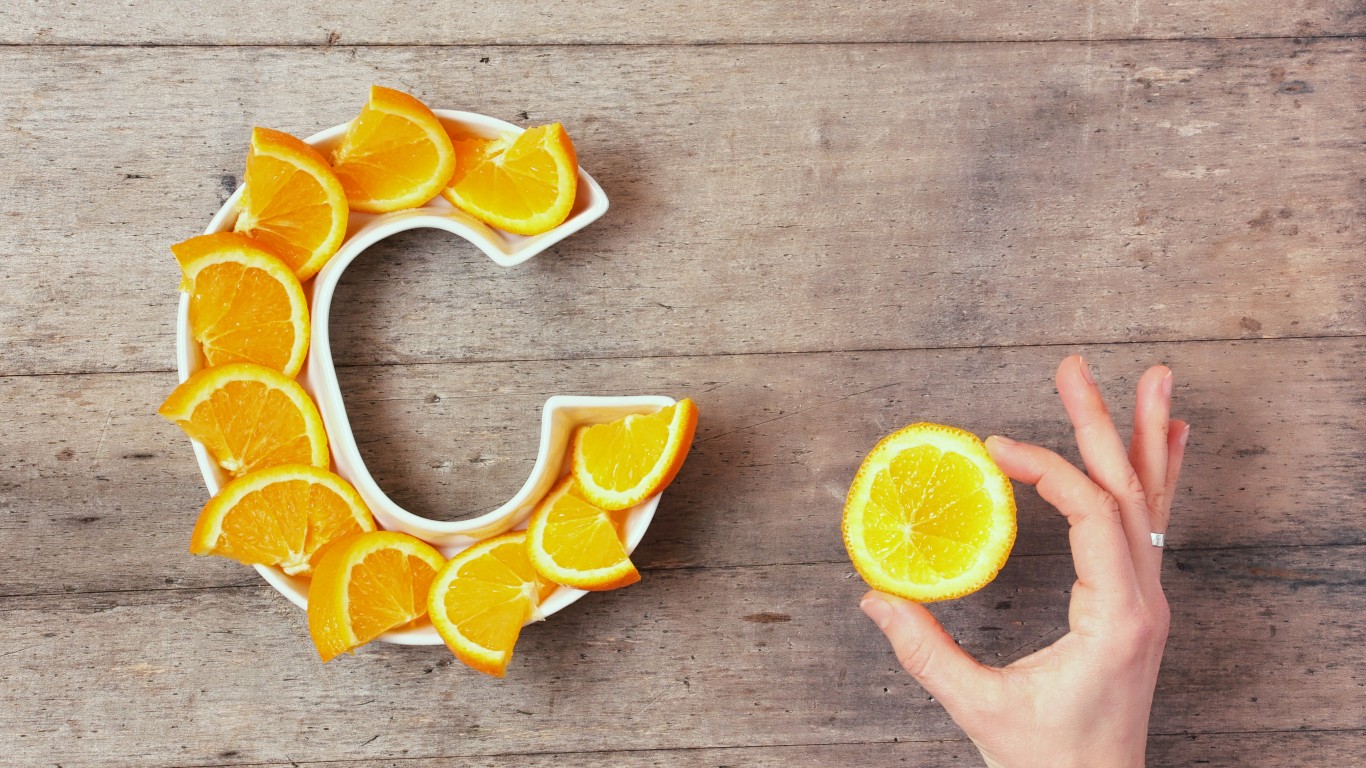
Myth: Vitamin C helps treat COVID-19
> Fact: Vitamin and mineral supplements cannot cure COVID-19
Vitamins such as C and D as well as minerals like zinc play a key role in keeping the immune system strong. The immune system, the body’s defense system, should be as strong as possible to run efficiently in order to fight off diseases. But there is no evidence that taking micronutrient supplements can prevent or treat COVID-19, according to the World Health Organization.
[in-text-ad]
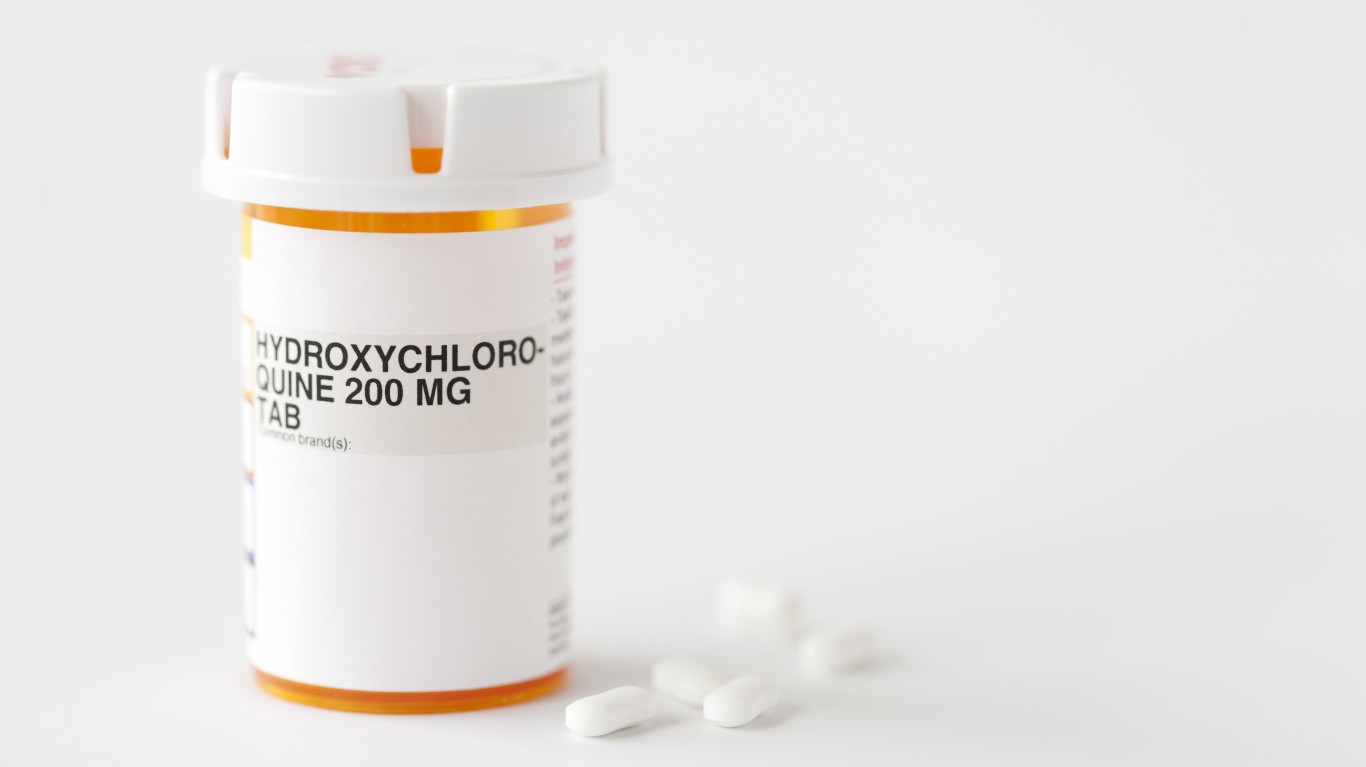
Myth: Hydroxychloroquine works against COVID-19
> Fact: Hydroxychloroquine does not have clinical benefits in treating COVID-19
For a while in the summer, hydroxychloroquine, which is used to treat malaria and autoimmune conditions, was in the news as a potential treatment for COVID-19, especially after President Donald Trump said the medication worked in the early stages of the disease. However, the Food and Drug Administration has warned against use of either hydroxychloroquine or chloroquine, another antimalaria drug, for COVID-19. In June, the FDA revoked the emergency use authorization to use the two medications because they showed no proven benefit against COVID-19. Several trials since have further showed no benefit to COVID-19 patients taking the drug
Trump was not given hydroxychloroquine when he contracted the virus in October.
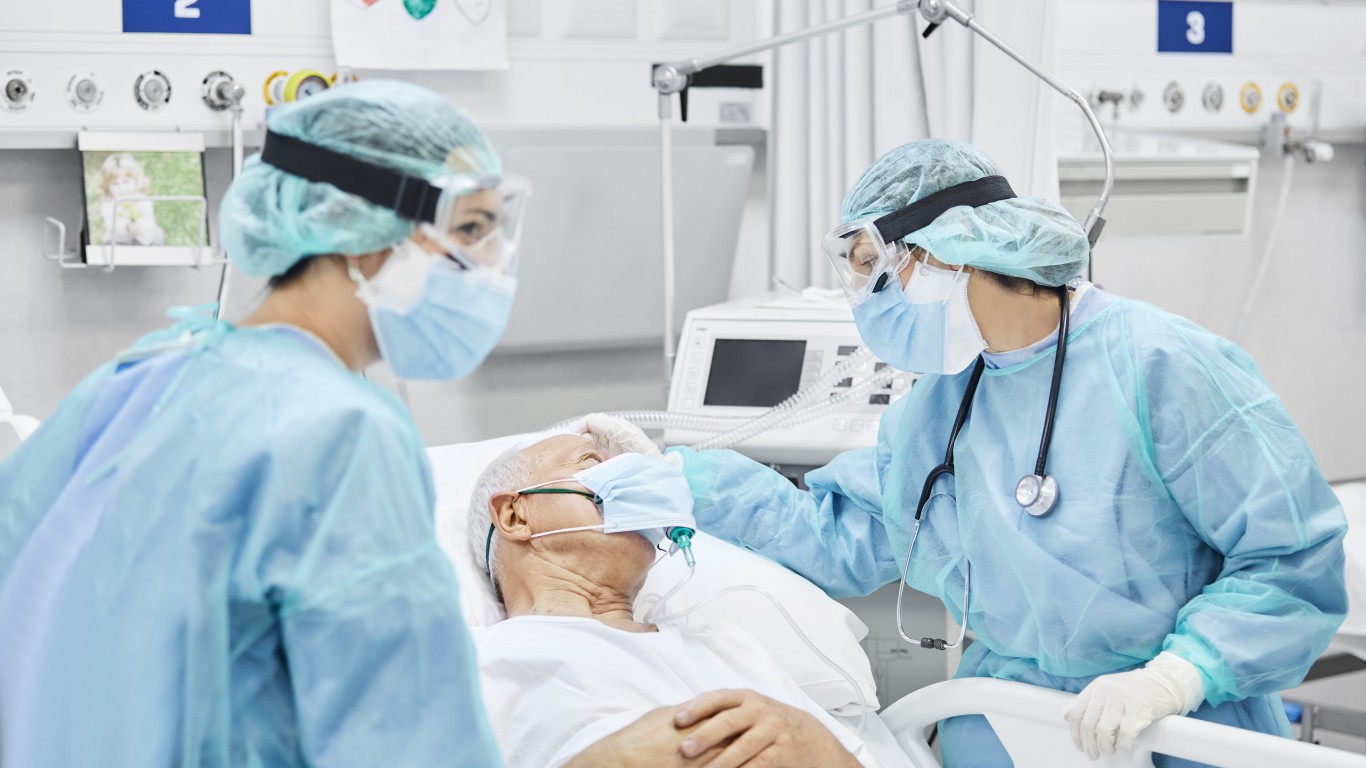
Myth: Dexamethasone can be used on all COVID-19 patients
> Fact: Dexamethasone should be reserved for patients who are severely ill
Dexamethasone, a type of corticosteroid medication used to treat breathing problems and other conditions, should be reserved for COVID-19 patients who are severely or critically ill and require oxygen, and should be administered under medical supervision, according to the National Institutes of Health. Dexamethasone has shown no benefits in patients who did not need oxygen support.
Trump received dexamethasone when he contracted COVID-19 after two episodes in which his oxygen levels were low to require supplemental oxygen.
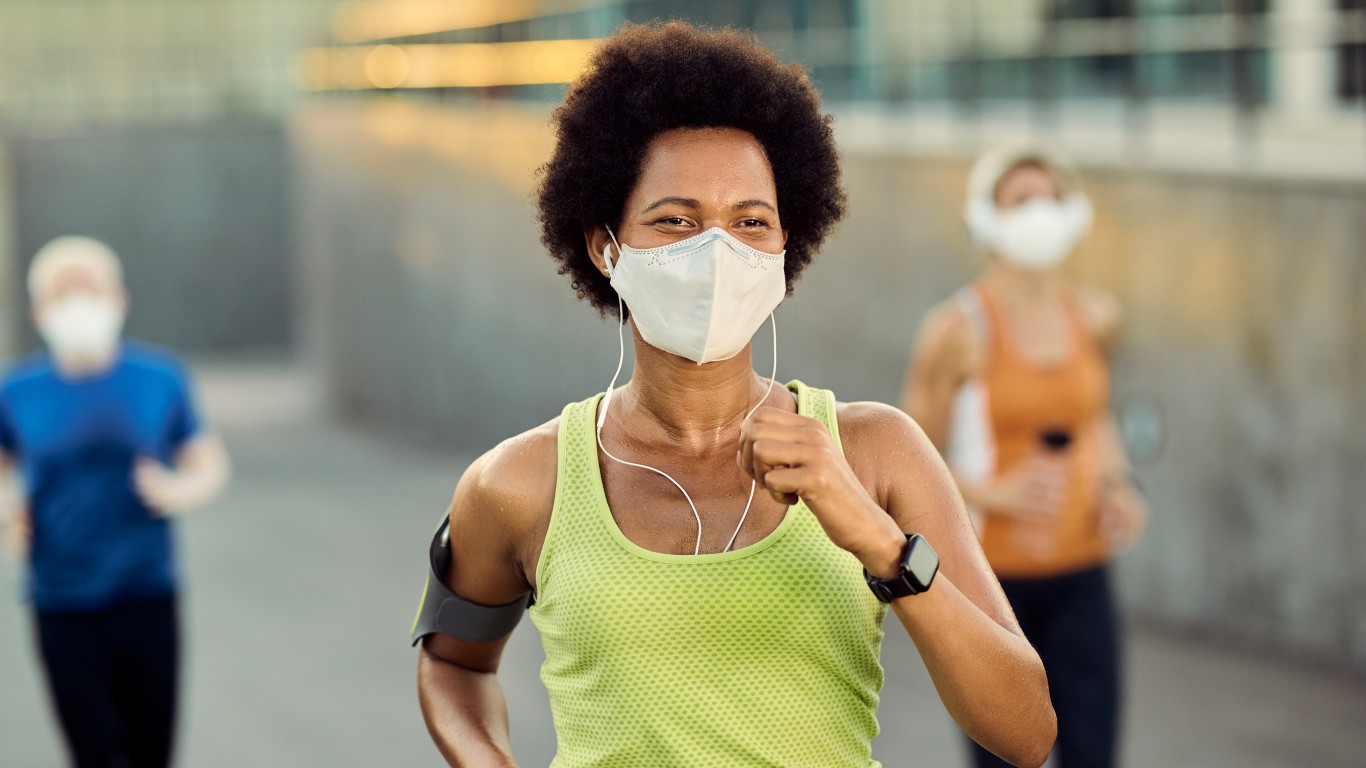
Myth: People must wear masks while exercising
> Fact: People should not wear masks while exercising
Ten months into the pandemic many people have probably become comfortable wearing a mask while exercising, especially since states started issuing face covering mandates over the summer. The World Health Organizations recently issued a statement saying that, in fact, people should not wear masks when vigorously exercising, as masks may reduce the ability to breathe comfortably. The mask can get wet quickly, which also promotes the growth of bacteria. Of course, this is only provided the activity can be performed while social distancing and in areas with proper ventilation. If the activity is less vigorous, Mayo Clinic suggests it’s ok to wear a mask.
[in-text-ad-2]

Myth: COVID-19 can spread to people through water
> Fact: Water or swimming does not transmit the COVID-19 virus
The question about whether the coronavirus can live in water therefore spread through water while swimming has been raised many times. Though there has been some early evidence that coronavirus can survive in sewage water for several days, there has been no proof that people can actually get infected with SARS-CoV-2 — the virus that causes COVID-19 — from water if they are drinking it or swimming in it. You should still stay at least 6 feet away from others if you are in a swimming pool with people.
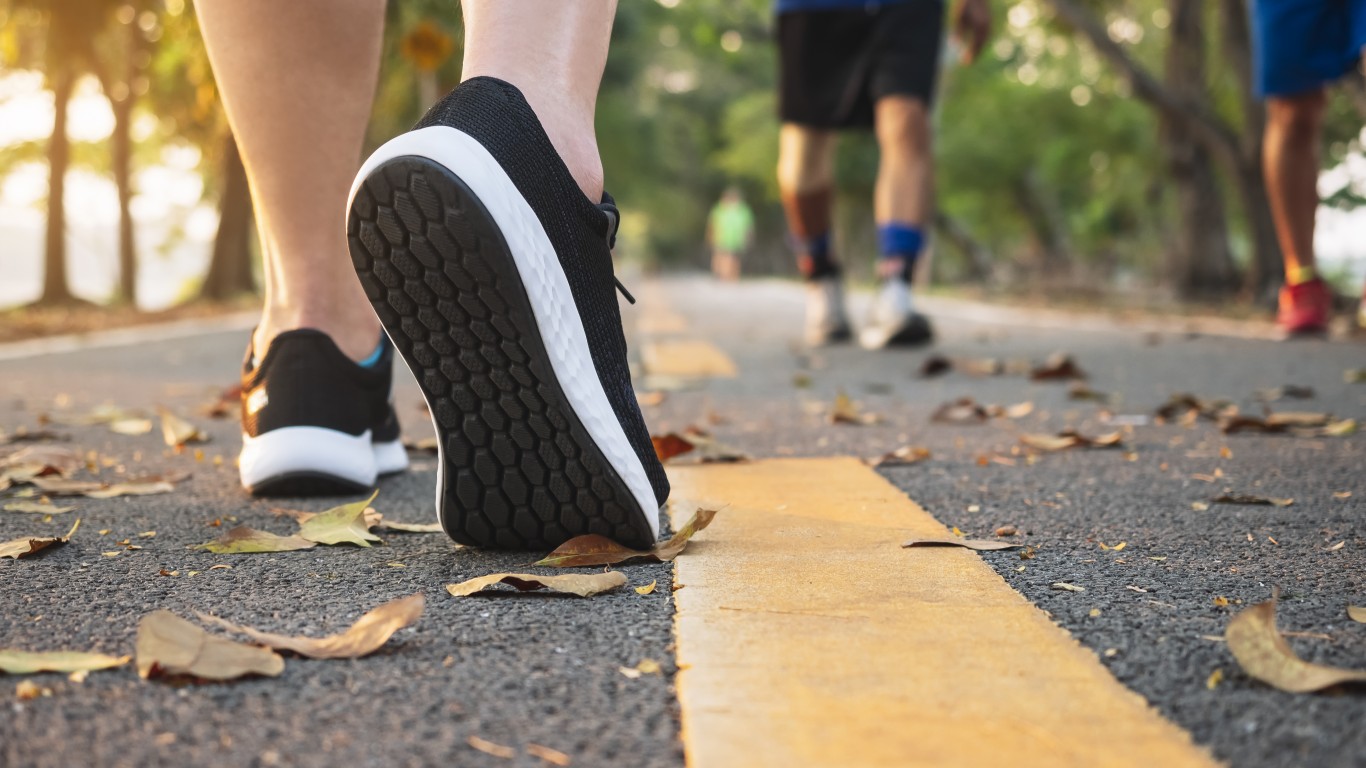
Myth: Shoes are spreading COVID-19
> Fact: The likelihood of shoes spreading COVID-19 is very low
The claim that the novel coronavirus can live on the bottom of shoes circulated in the news for a while around the time the virus was declared a pandemic. One reason for that is a small study conducted at hospital wards in Wuhan, China, that found evidence that the coronavirus can be carried on shoes. However, the study did not determine the amount of “viable virus” on the shoes, which means there is no way to know whether there was enough of the virus to infect people and cause disease. Most daily environments would also have far less exposure to the virus than a hospital.
In reality, the likelihood of shoes spreading COVID-19 is very low, according to the WHO, but if you have a toddler crawling on the floor, the suggestion is to leave your shoes at the entrance as an extra measure of precaution.
[in-text-ad]
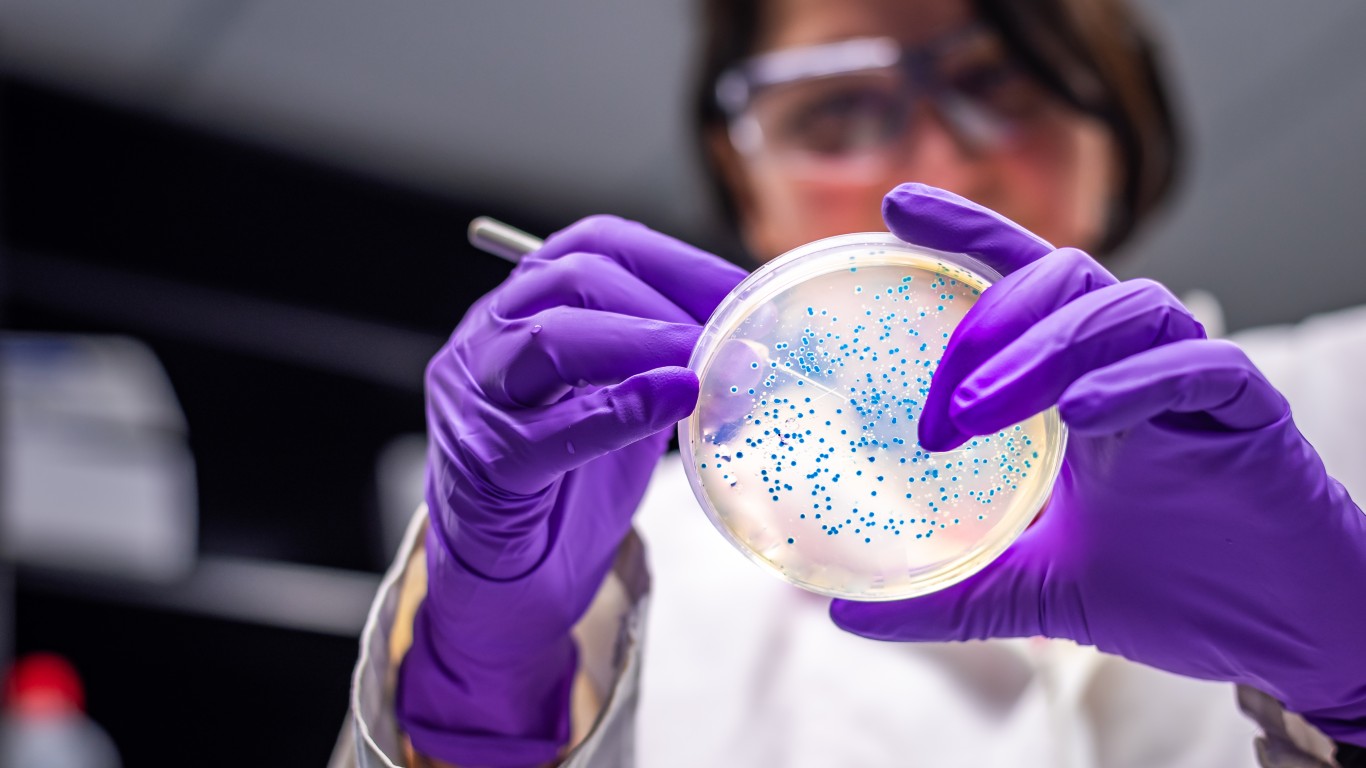
Myth: Coronavirus is a bacterial infection
> Fact: Coronavirus is not caused by bacteria
People often confuse viruses with bacteria, often thinking that antibiotics can be used to treat the common cold — which is caused by a virus and would not respond to antibiotics. Antibiotics treat infections caused by bacteria. Coronaviruses, including the novel one which causes COVID-19, are types of virus, not bacteria.
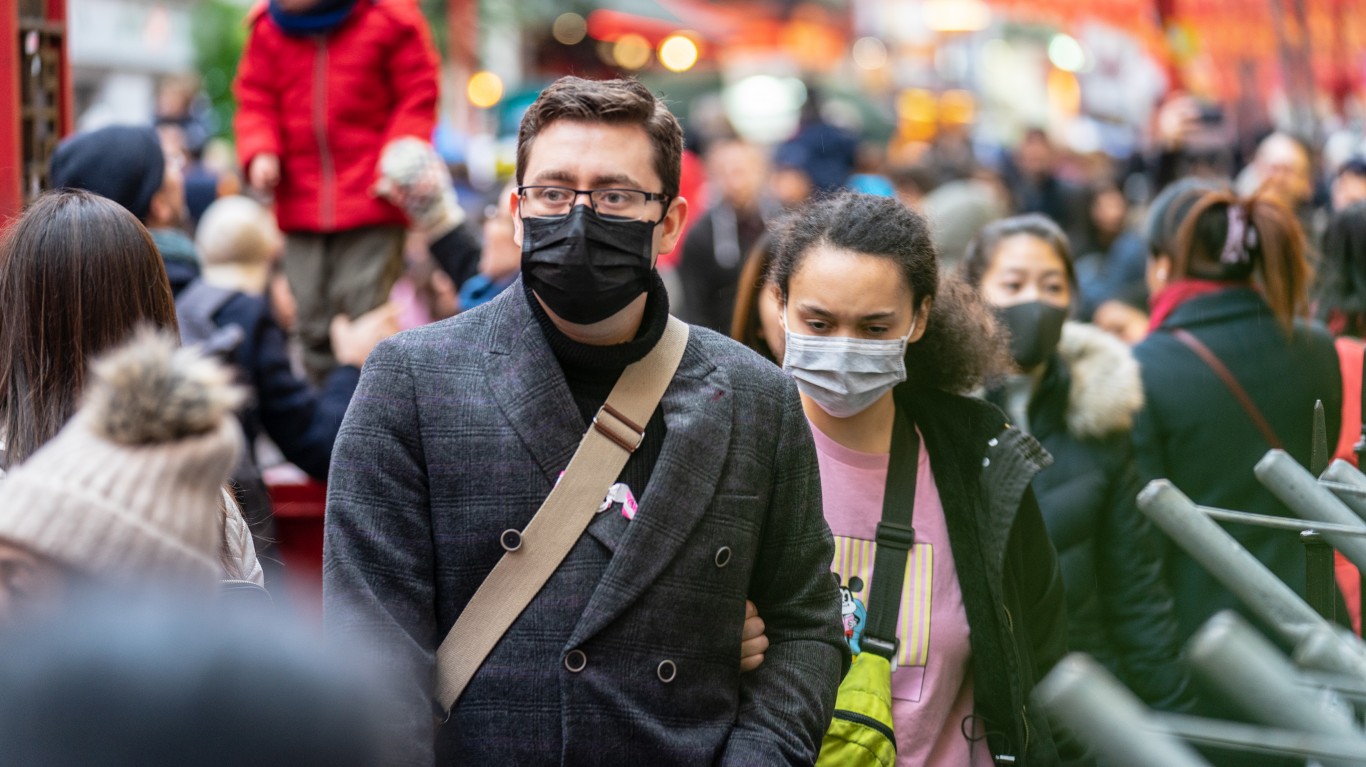
Myth: Prolonged use of masks is dangerous
> Fact: Masks unlikely to cause CO2 overexposure
Wearing masks for a long time is uncomfortable but not dangerous. Prolonged use of face masks of any type, including single-use masks or N95 respirators, has not shown to cause carbon dioxide toxicity or lack of oxygen in healthy people. People who have severe chronic lung disease may be exempt from wearing masks if it makes their breathing more difficult. Even in those cases, however, the reason would not be CO2 retention.
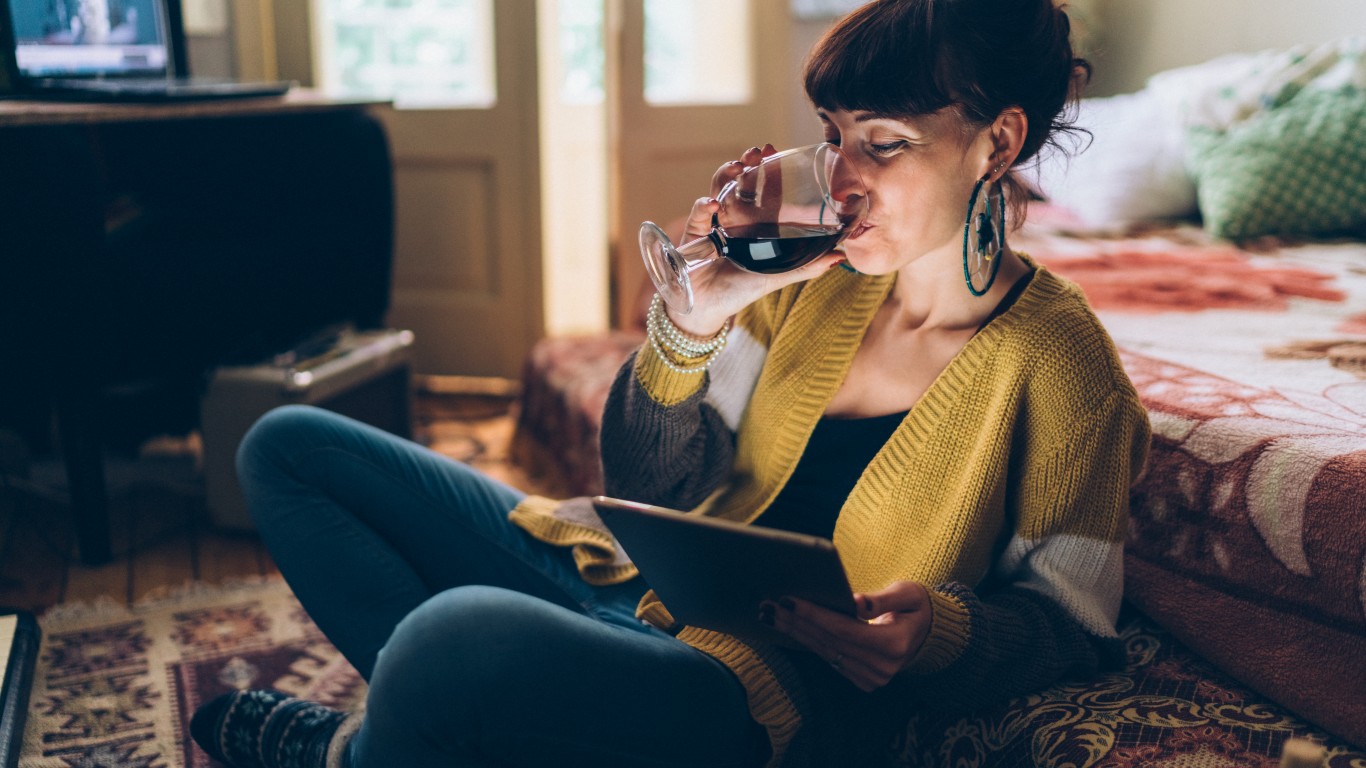
Myth: Drinking alcohol may protect you from coronavirus
> Fact: Drinking alcohol may actually hinder your immune system’s response to COVID-19
Alcohol-based disinfectants have been in high demand since the pandemic started. Some people have even suggested drinking alcohol kills the virus in the stomach just like hand sanitizer with high alcohol content kills it on the skin. But this is not true. Drinking alcohol does not provide any protection against the novel coronavirus, but it can weaken one’s immune system, making it harder to recover, according to the Centers for Disease Control and Prevention. Additionally, alcohol use can increase the risk of pneumonia, which is a common complication of COVID-19.
[in-text-ad-2]
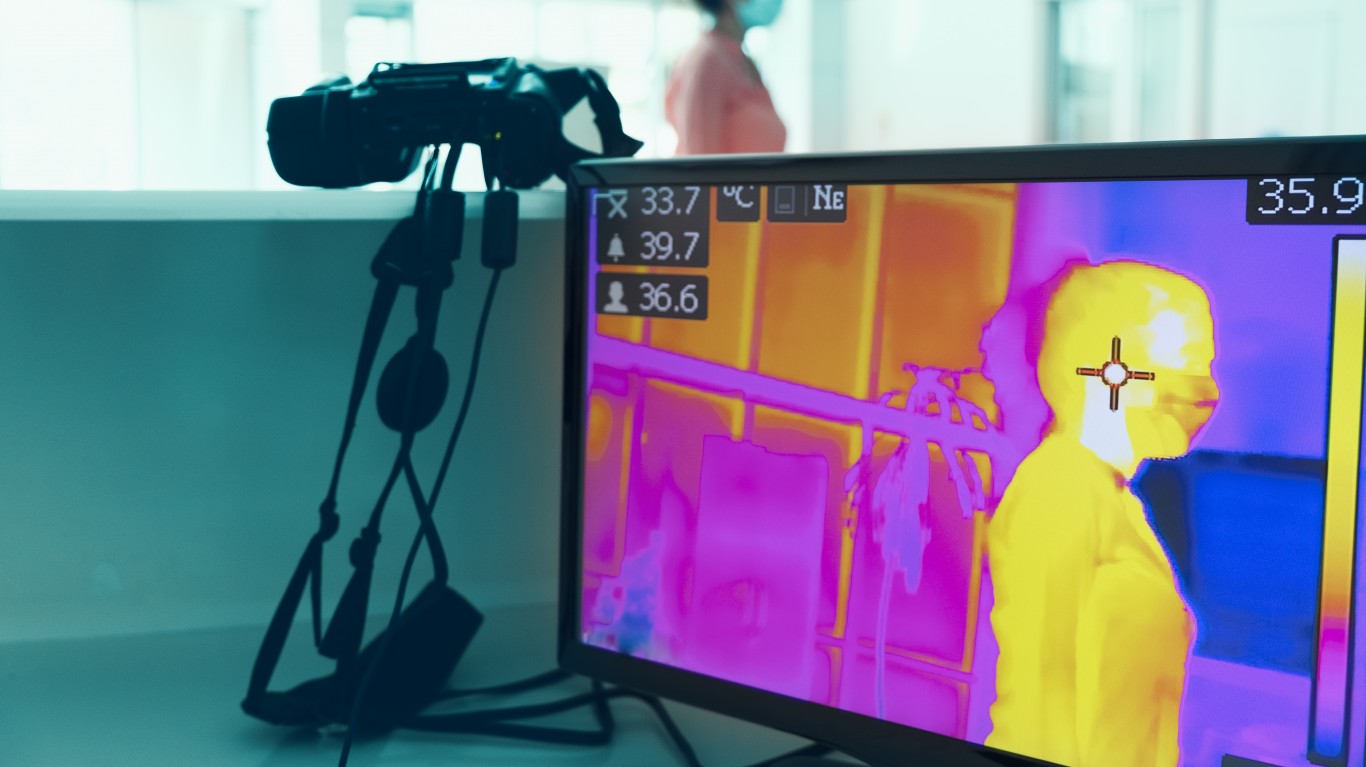
Myth: Thermal scanners detect COVID-19
> Fact: Thermal scanners detect fever, not COVID-19
Thermal scanners are effective in detecting if people have a fever, but they cannot detect if someone has COVID-19. While a higher than normal body temperature may be a sign of COVID-19 infection, not all people who contract the coronavirus develop a fever. Only a diagnostic test can show if a person has an active coronavirus infection. (An antibody test is used to determine if a person has already had COVID-19 and has developed antibodies in response to the virus.)

Myth: Hot pepper protects against COVID-19
> Fact: Hot peppers offer no protection against the coronavirus
One early myth was that cayenne pepper can protect a person against COVID-19. However, adding pepper to food will affect its taste but not one’s chances of contracting the novel coronavirus — or alter the course of the disease it causes. The best ways to protect yourself are limiting your exposure to people, keeping a social distance of at least 6 feet, wearing a mask, and washing your hands frequently.
[in-text-ad]
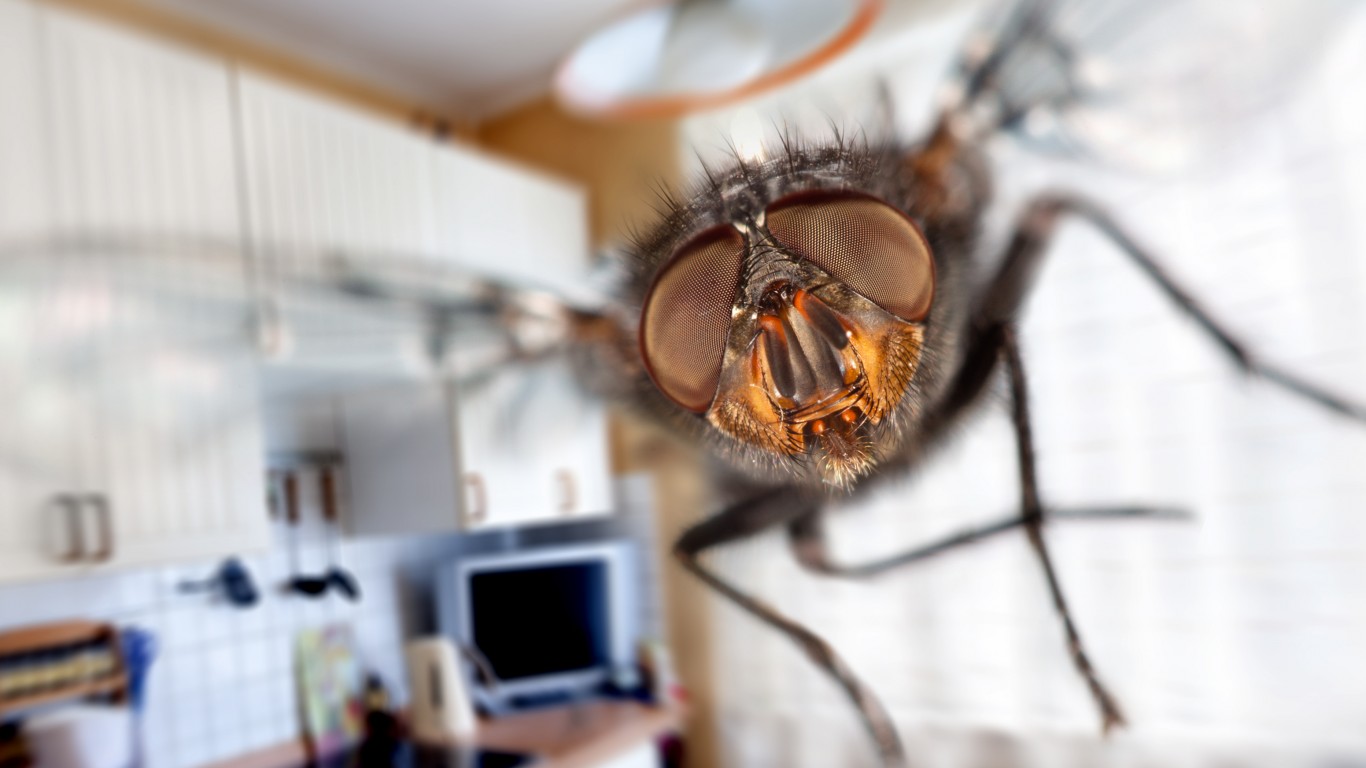
Myth: House flies can transmit COVID-19
> Fact: COVID-19 cannot be transmitted through houseflies
Over the spring and summer, when it was warm and humid and mosquitoes and all kinds of flies were flying around, people became concerned that the coronavirus can be transmitted through insects. There is no evidence to suggest that SARS-CoV-2 can be transmitted through houseflies or mosquitoes. The coronavirus spreads mostly via droplets generated when an infected person coughs, sneezes, or talks. A person can become infected by touching a contaminated surface and then touching their eyes, nose, or mouth before washing hands.
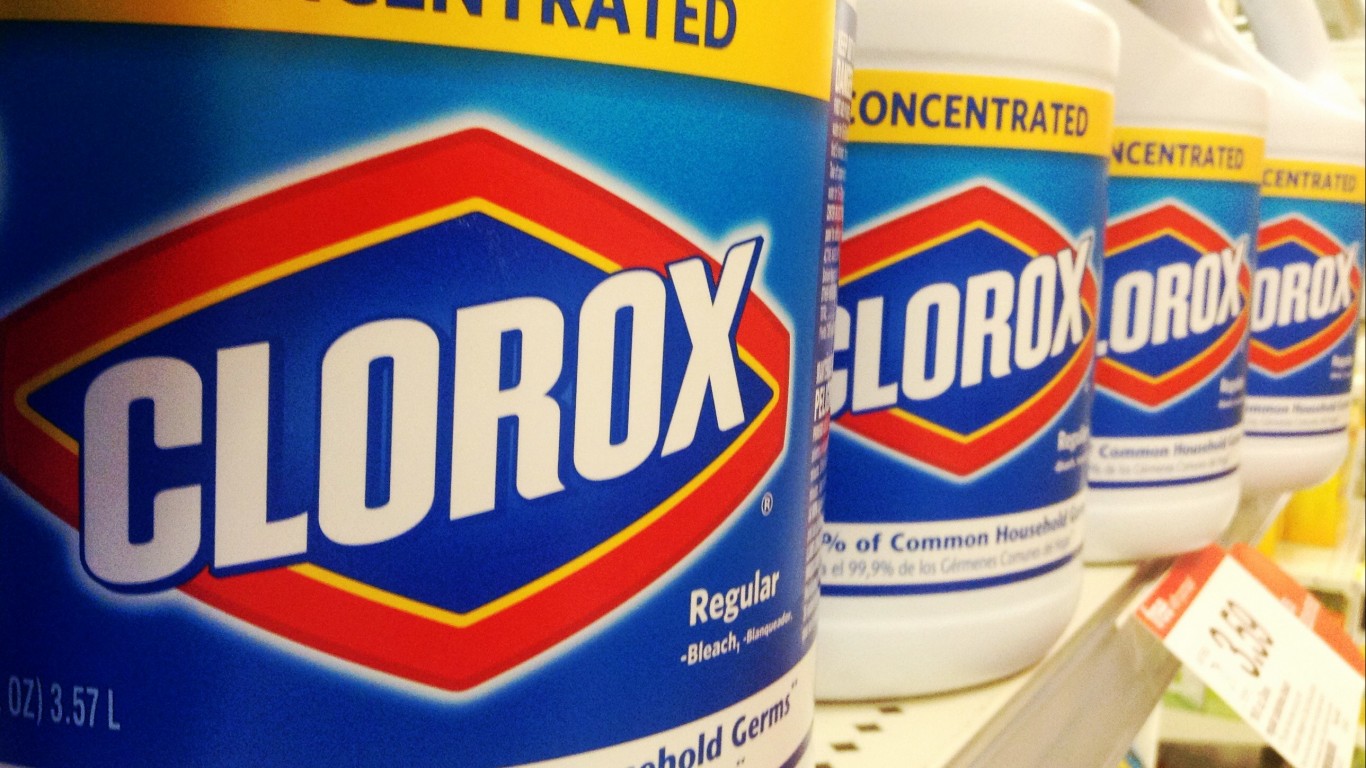
Myth: Spraying yourself with bleach can protect against coronavirus
> Fact: Bleach will not protect you against COVID-19
The origin of this myth is nearly as old as the pandemic in the U.S., about the time that stores ran out of products containing bleach such as Clorox. Somehow, people believed that spraying themselves with bleach could prevent them from contracting the virus. This is untrue, of course, and more importantly — it’s dangerous. Bleach, chlorine, and other disinfectants should be used to clean surfaces only (and away from children).
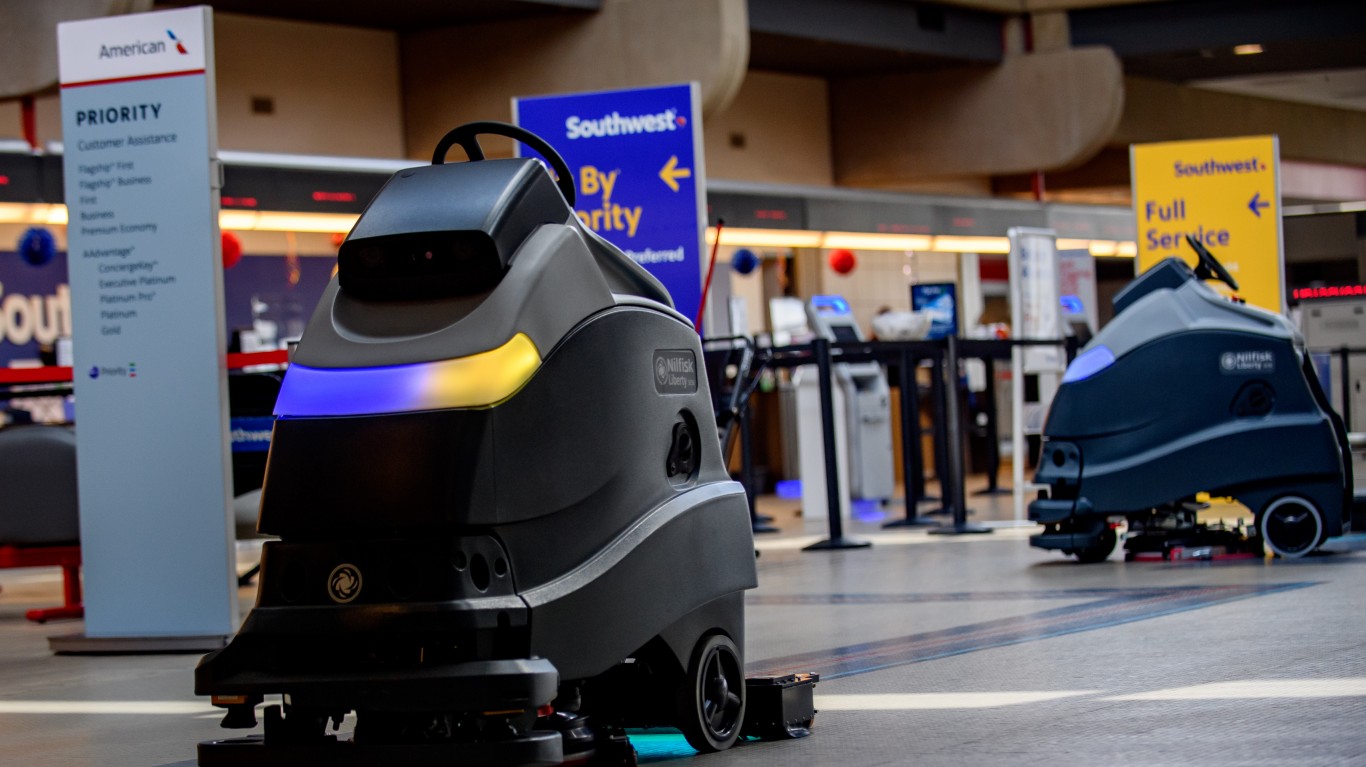
Myth: It’s safe to use UVC lamps to kill coronavirus
> Fact: It may pose potential health and safety risks
Ultraviolet-C radiation is a known disinfectant for air, water, and nonporous surfaces and it has been shown to destroy the protein surrounding the novel coronavirus, leading to its inactivation. But UVC radiation should not be used on skin. UVC radiation can cause skin irritation and damage the eyes, according to the FDA. What people should use to remove the virus from surfaces is an alcohol-based hand rub or soap and water.
[in-text-ad-2]
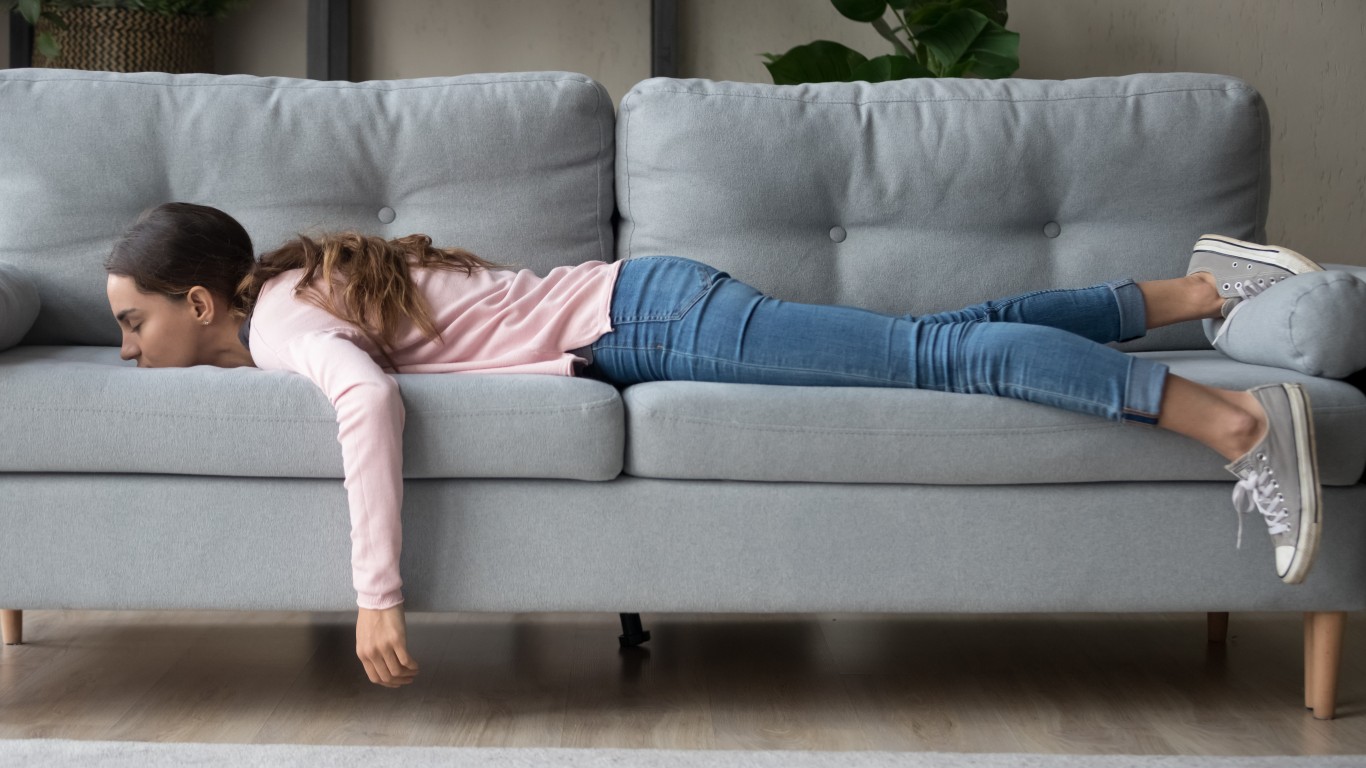
Myth: Staying at home weakens the immune system
> Fact: This is not how the immune system works
No doubt that if you’ve been following coronavirus public health measures, you found social distancing to be difficult. Perhaps this is the source of the myth. An unsubstantiated claim has been circulating that staying home all the time is weakening people’s immune systems because if people come less into contact with germs, it can make them more susceptible to diseases. The reality is that people begin to develop an immune system early on, with our bodies generating an immune response each time we come into contact with a germ, a virus, or the coronavirus. By the time we are adults, our immune system has been exposed to many bacteria and viruses, creating a strong immune system. What makes one’s immune system even stronger is a healthy lifestyle.

Myth: 5G networks caused the COVID-19 pandemic
> Fact: 5G networks did not cause the COVID-19 pandemic
The claim that 5G networks caused the COVID-19 pandemic is more of a conspiracy theory than myth, but it’s popular enough to deserve a place on this list. One of the very first suggestions that the wave spectrum used by 5G technology and the novel coronavirus are connected came about because Wuhan, where the coronavirus was first identified, was installing 5G towers before the outbreak. Scientists have attempted to trace the origins of the coronavirus, saying it is likely to have passed from bats to humans, probably through an intermediate animal.
[in-text-ad]
Myth: Holding your breath for 10 seconds without feeling discomfort means you don’t have COVID-19
> Fact: The best way to confirm if you have COVID-19 is a lab test
It’s not clear where the rumor about breath-holding being an effective diagnostic tool for COVID-19 originated. COVID-19’s most common symptoms are dry cough, fatigue, and fever. Some people may develop pneumonia. Many people don’t develop any symptoms at all but are still contagious. The best way to confirm if you have contracted the coronavirus is a diagnostic test.

Myth: Cold weather and snow can kill the COVID-19 virus
> Fact: The weather does not affect the spread of the coronavirus outside
Before the summer, in the early days of the outbreak, people were hoping that the warm weather would slow the spread of the virus. But their hopes were soon shattered, and many Southern states, where it’s usually warm year-round, saw a surge of coronavirus cases. Now, with winter almost upon us, people are again wondering if the weather can kill the virus. The WHO warns that the virus spreads from person to person and can be transmitted in any kind of weather and there is no reason to believe that cold weather can kill it.
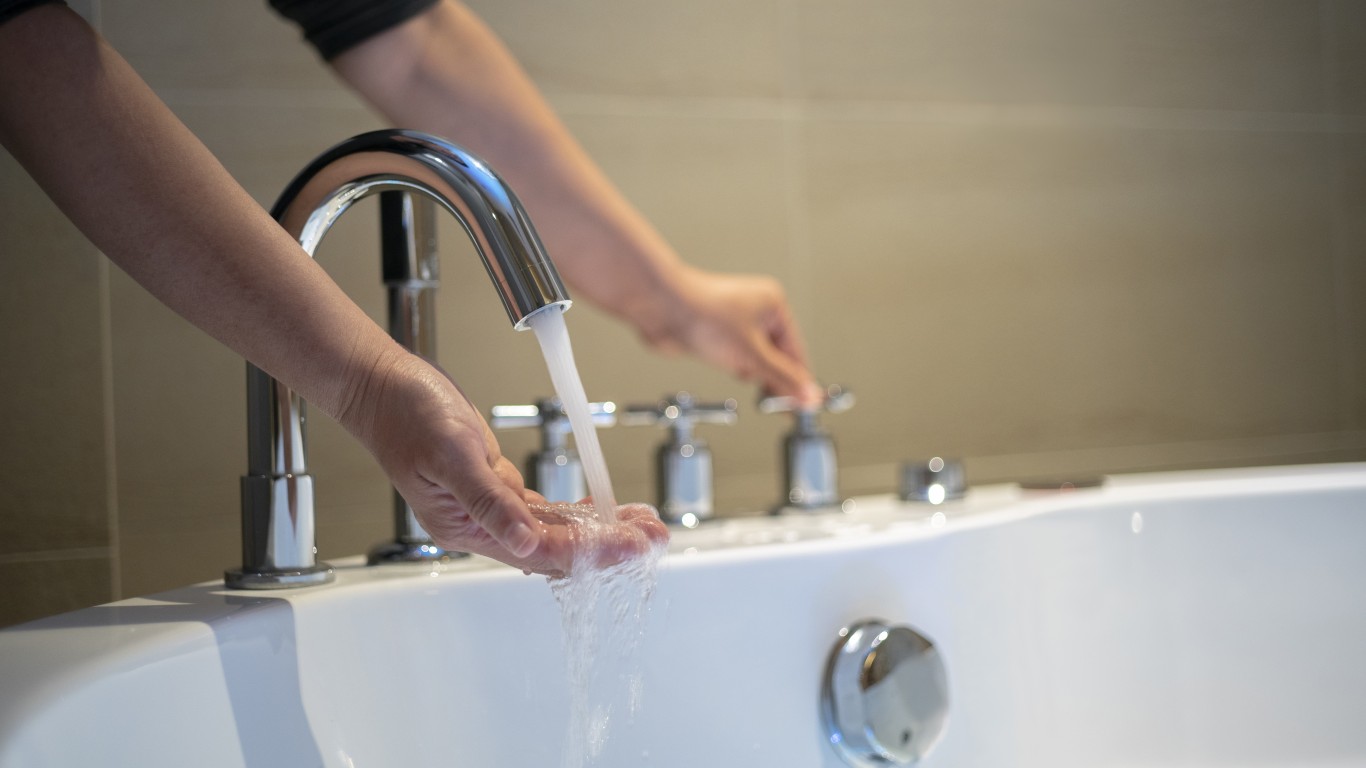
Myth: Taking a hot bath will prevent you from catching COVID-19
> Fact: Taking a hot bath does not prevent COVID-19
Taking a hot bath may be relaxing, but it has no effect against the coronavirus. An adult person’s normal body temperature remains between 97 and 99 degrees Fahrenheit regardless of the temperature of the bath or shower — a temperature that does not destroy the coronavirus. And if the water is too hot, it may cause minor skin burns and chase you out of the tub anyway. The best way to protect oneself against COVID-19 is by staying physically away from other people, wearing a mask, and frequently washing the hands.
[in-text-ad-2]
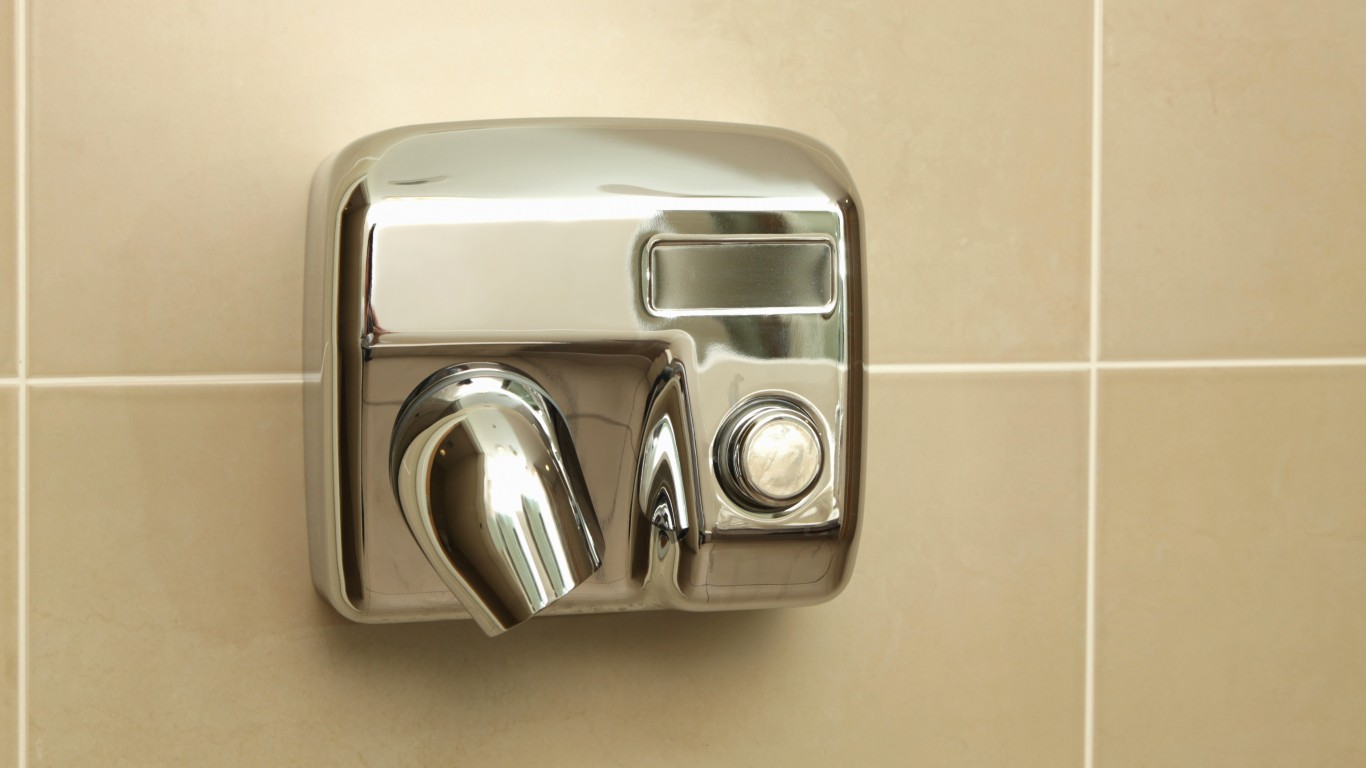
Myth: Hand dryers can be effective in killing the coronavirus disease
> Fact: Hand dryers are not effective in killing the COVID-19 virus
Rumors that a few seconds of a hot air blast up the nose from a hand dryer can kill coronavirus have been circulating on social media. The truth is that a hand dryer cannot effectively kill the new coronavirus. The best way to ensure the coronavirus is removed from one’s hands is by washing them for at least 20 seconds with soap and water and then drying them thoroughly.
Travel Cards Are Getting Too Good To Ignore (sponsored)
Credit card companies are pulling out all the stops, with the issuers are offering insane travel rewards and perks.
We’re talking huge sign-up bonuses, points on every purchase, and benefits like lounge access, travel credits, and free hotel nights. For travelers, these rewards can add up to thousands of dollars in flights, upgrades, and luxury experiences every year.
It’s like getting paid to travel — and it’s available to qualified borrowers who know where to look.
We’ve rounded up some of the best travel credit cards on the market. Click here to see the list. Don’t miss these offers — they won’t be this good forever.
Thank you for reading! Have some feedback for us?
Contact the 24/7 Wall St. editorial team.
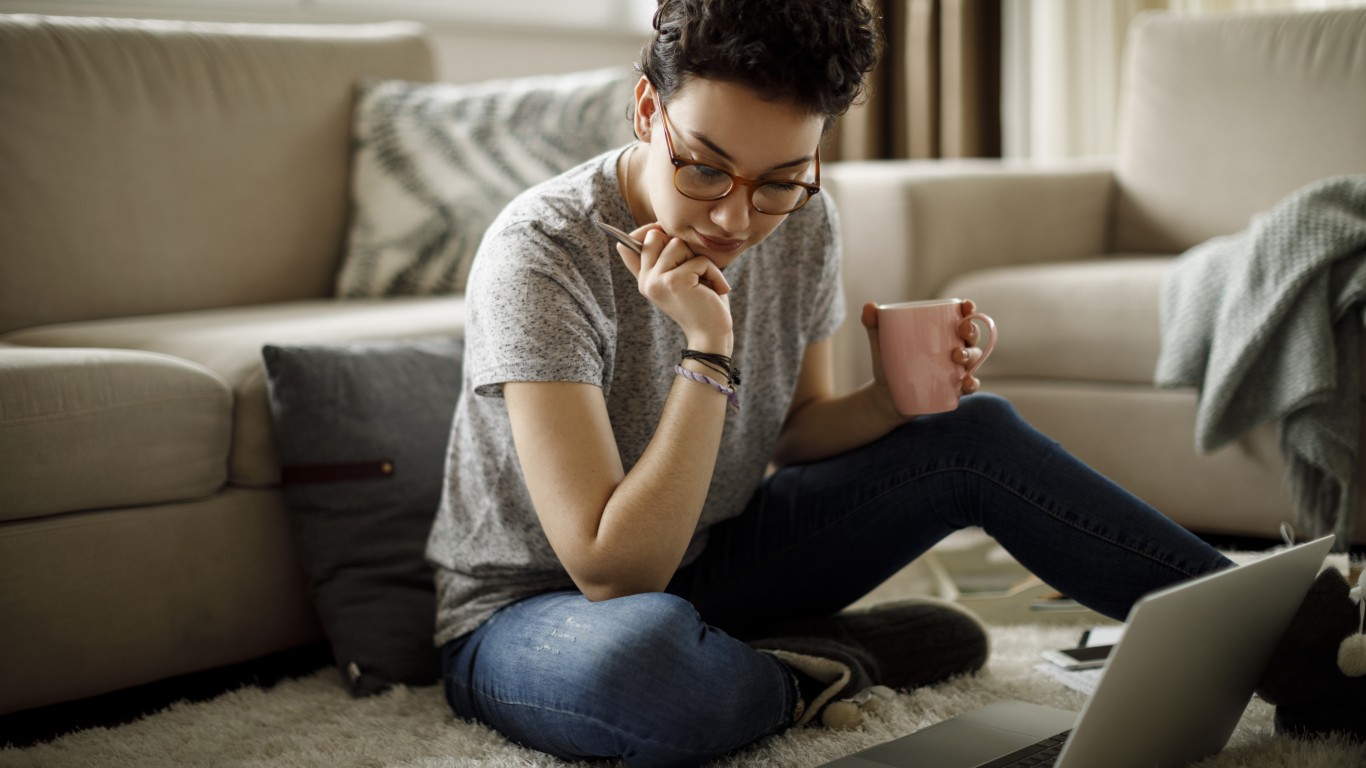 24/7 Wall St.
24/7 Wall St.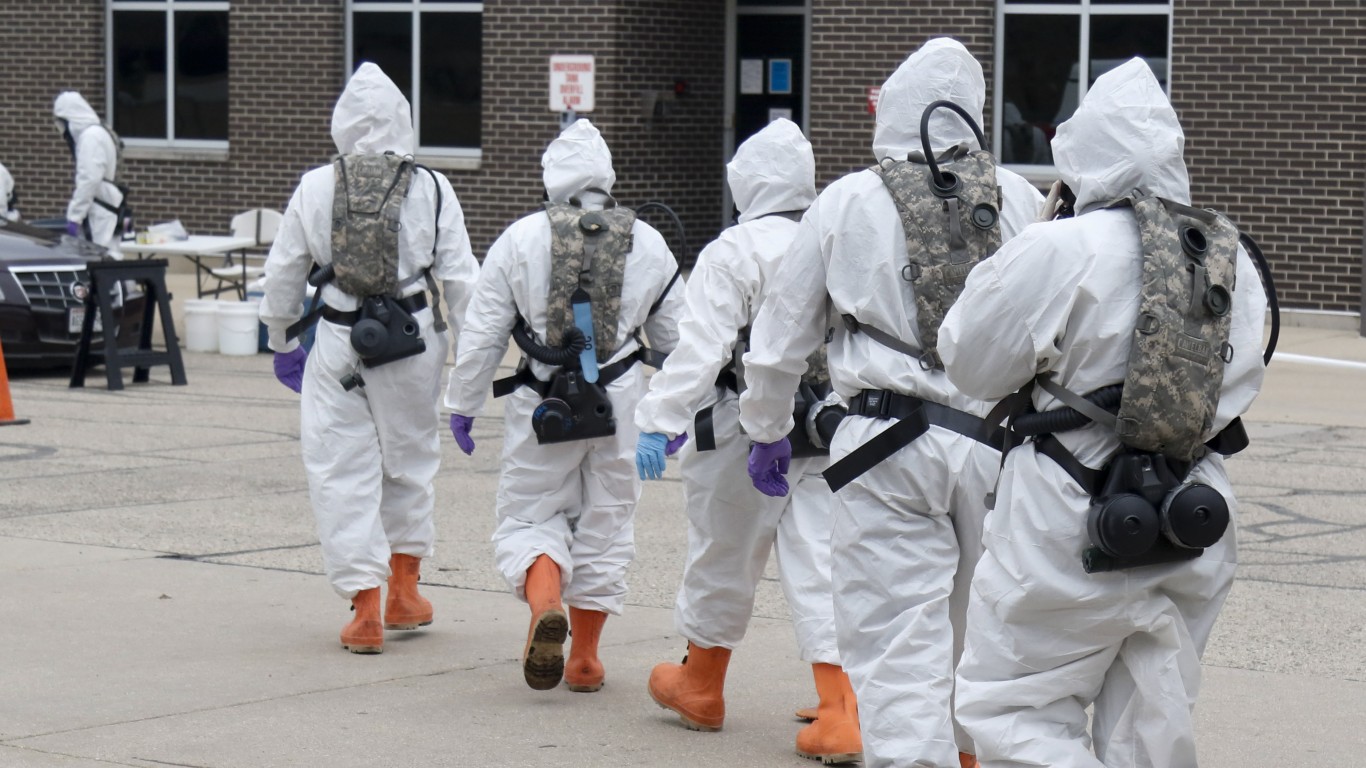 24/7 Wall St.
24/7 Wall St.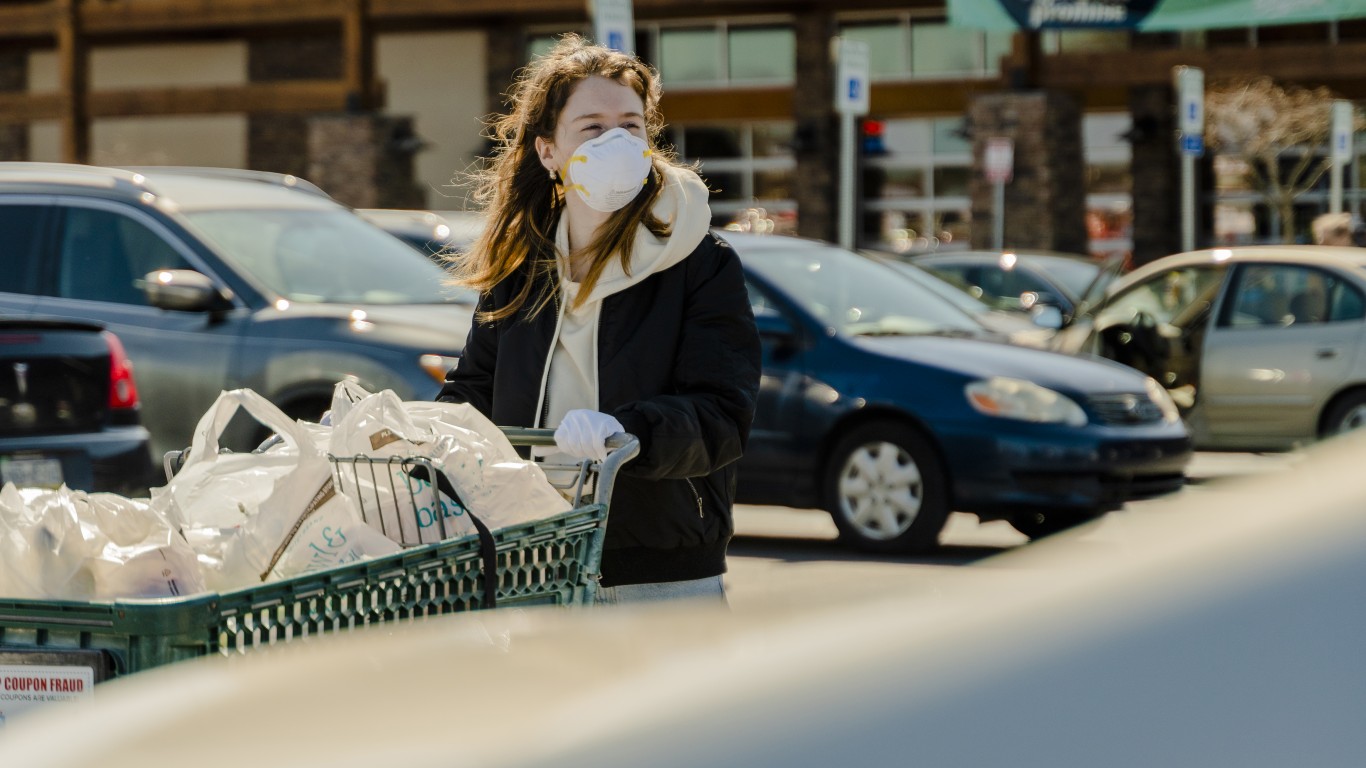 24/7 Wall St.
24/7 Wall St.


